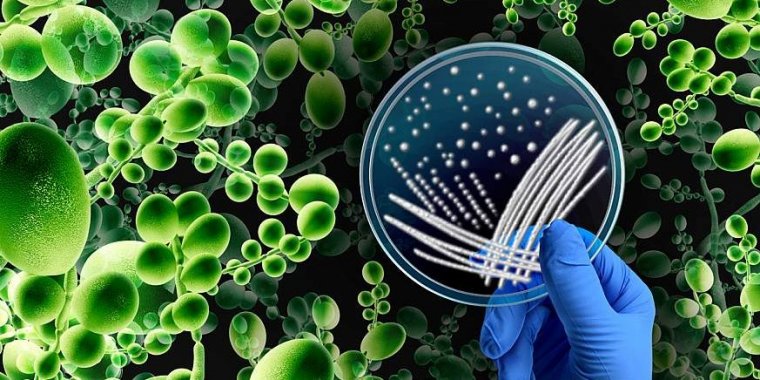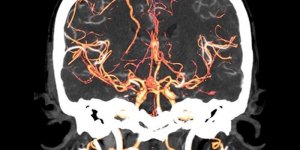| Health / Health News |
New imaging method detects fungal infections caused by Aspergillus fumigatus sooner
Researchers at the National Institutes of Health’s (NIH) Clinical Center and the National Heart, Lung and Blood Institute have developed and tested a new imaging method that will allow specific detection of Aspergillus fumigatus fungal infections in a timely manner in the future, without the need for invasive procedures.

NIH researchers have developed and tested a new imaging method that will allow specific detection of Aspergillus fumigatus fungal infections. Photo: Getty Images/wildpixel
Due to their presence in the environment, many fungi evolved to use other sources of fuel besides glucose, such as by breaking down complex sugars into simple ones to produce energy.
Aspergillus can break down a specific sugar, cellobiose, into two glucose molecules, while most other microbes and human cells cannot.
The researchers developed a radioactive version of cellobiose which when injected in the blood, it can be visualized in the body using positron emission tomography (PET) scanners.
In this study, radioactive cellobiose ([18F]-Fluorocellobiose, [18F]-FCB) was injected in mice with fungal infections which were then imaged using a specialized PET scanner for small animals.
The mice showed accumulation of radioactivity, while mice with bacterial infections or with noninfectious inflammation did not.
Researchers also found that the same radioactive tracer, [18F]-FCB, can determine if the mice with fungal infections are responding to treatment through PET images taken before and after starting treatment.
YOU MAY ALSO LIKE





